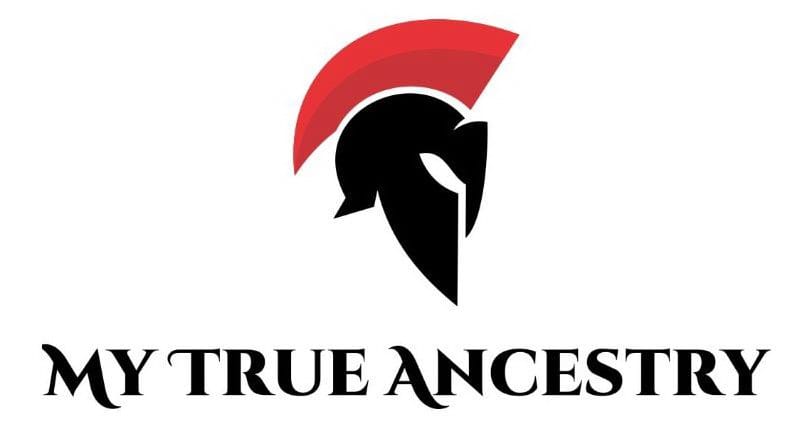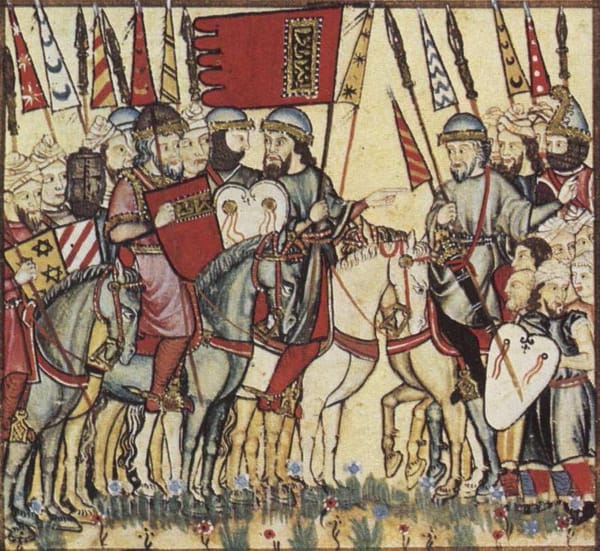Tracing the Iberian-North African Connection Through Medieval Genomes and Morisco Deportations





In the lush landscapes of eastern Iberia, a treasure trove of archaeological sites whispers secrets of the past. These locations have become the focus of intriguing research that delves into the genetic legacy of those who once inhabited the Iberian Peninsula. From the sun-drenched elevations of La Vall d'Uixó to bustling medieval Valencia, each site tells its own vivid tale of cultural interactions and population movements, particularly between Iberia and North Africa during medieval times.
Recent genomic studies have painted a compelling picture of these interactions, revealing a genetic bridge that connected populations across the Mediterranean. This research is particularly valuable for understanding the impact of significant historical events like the Morisco deportations, which dramatically altered the demographic landscape of the region.
Explore your own link to ancient civilizations: visit MyTrueAncestry and upload your DNA to begin.
This expansive Visigothic necropolis brims with echoes of a traumatic past, where over 40 graves once cradled those who fell victim to violence. The graves' unique design—many containing multiple individuals—hints at familial connections, offering a poignant glimpse into the lives of these early victims of a short yet violent era.
Archaeologists suggest these communal burials indicate kinship or shared fate, potentially marking the victims of a significant conflict. Though DNA preservation was unfortunately limited at this site, preventing successful sequencing, the physical evidence still provides valuable insights into Visigothic society and burial practices.
Within the quaint reaches of Vall d'Uixó lies a series of Islamic cemeteries (maqbaras), discovered in the city's agricultural heart. These burial grounds have been excavated since the 1990s, revealing communities that thrived from the 8th to 14th centuries CE. The deceased were interred on fertile high ground, linked by their final resting places.
Radiocarbon dating has extended our understanding of these sites, pushing the timeline even further back than previously thought—as far back as the 8th century, aligning with the broader Islamic expansion across the Iberian Peninsula. These burial grounds highlight the gradual integration of Islamic culture in this area, shedding light on the early Islamic periods and their North African connections.
Nine individuals were recovered from these sites, providing valuable samples for genetic analysis. Their DNA serves as a bridge to understanding North African ancestry in the region and how it changed over time.
The proximity of these two sites in Gandia invites a narrative of cultural transition, from Late Neolithic to pre-Islamic heritage. At Sanxo Llop, excavations unveiled a burial site from late Antiquity, featuring the interment of an adult and a child in a shared round pit. This burial practice reflects customs from the transitional period between late Visigothic and early Islamic traditions.
Radiocarbon dating places these individuals between the 6th and 7th centuries CE, a transformative era in Iberian history. Unlike at the Necropolis de La Union, the DNA from these remains showed robust preservation, allowing for successful sequencing. The genetic material from these individuals reveals fascinating evidence of mixed lineage, echoing the exchange between North African and Iberian populations during this pivotal historical period.
Amid the medieval tapestry that is Valencia, the Christian cemetery of San Lorenzo becomes an archaeological bridge connecting different eras. Located within Valencia's medieval walls, this site contains burials dating from the 14th to the 17th century CE. However, beneath these Christian graves, archaeologists also discovered older Roman tombs, testifying to Valencia's long and rich history.
One particularly remarkable find came from a Roman burial, which yielded an extraordinary amount of well-preserved DNA—a rare gift to researchers eager to unlock genetic mysteries. This exceptional preservation allows for detailed analysis of ancestral lineages stretching across centuries, complementing our understanding of urban evolution and mortality patterns in medieval Valencia.
Every fragment of ancient bone represents a precious opportunity for scientific discovery, handled with meticulous care at specialized facilities like the Archaeogenetics Research Group at the University of Huddersfield. The process of extracting ancient DNA involves rigorous protocols:
These stringent protocols ensure authenticity and reliability of the genetic data, allowing researchers to unravel enduring mysteries held in the marrow of our past.
Working with ancient DNA presents unique challenges:
Despite these challenges, when successful, the analysis can reveal extraordinary information about individuals who lived centuries or millennia ago.
The genetic analyses reveal intricate ancestral threads interwoven across continents and eras. One of the most significant findings is evidence of a robust "genetic bridge" that once connected Iberia and North Africa—a connection that gradually waned over time, particularly following events like the expulsion of the Moriscos from Spain.
The DNA evidence shows that this genetic exchange was not a single event but rather a dynamic interchange that evolved over centuries. Early Islamic-period individuals show stronger North African genetic signatures than later ones, suggesting a gradual dilution of these influences over time.
The expulsion of the Moriscos—Muslims who had converted to Christianity but were later forced to leave Spain in the early 17th century—represents a pivotal moment in this genetic narrative. Archaeological and genetic evidence suggests this event had a significant impact on the population structure of eastern Iberia.
By comparing DNA from individuals who lived before and after these deportations, researchers can measure the genetic impact of this historical event. The findings suggest that while the deportations did reduce the North African genetic component in the Iberian population, they did not eliminate it entirely—a testament to the deep integration that had occurred over centuries.
Despite political and religious upheavals, the genetic evidence reveals surprising continuities across different periods:
These findings challenge simplistic narratives of population replacement and instead suggest a more complex picture of cultural adaptation and genetic admixture throughout Iberian history.
With every bone analyzed and every strand of DNA sequenced, the connections between these forgotten communities and current populations become clearer. The blend of ancient North African and Iberian traits comes alive, painting a picture of a dynamic interchange that was once vibrant and continues to shape the genetic landscape of modern Iberia.
These archaeological and genetic studies remind us that beneath every site lies a complex web of human connections, trade, and migration, the echoes of which we can still measure in the DNA left behind by our ancestors. Through this interdisciplinary approach, we gain not just scientific knowledge but also a deeper appreciation for the human stories that have shaped Iberian history—stories of movement, adaptation, conflict, and resilience that continue to resonate today.

Comments